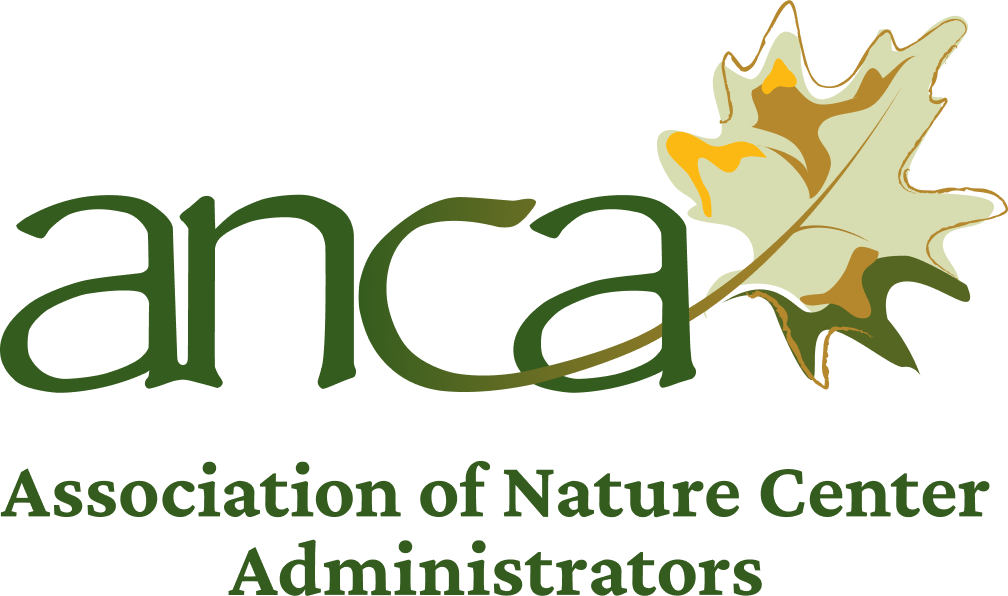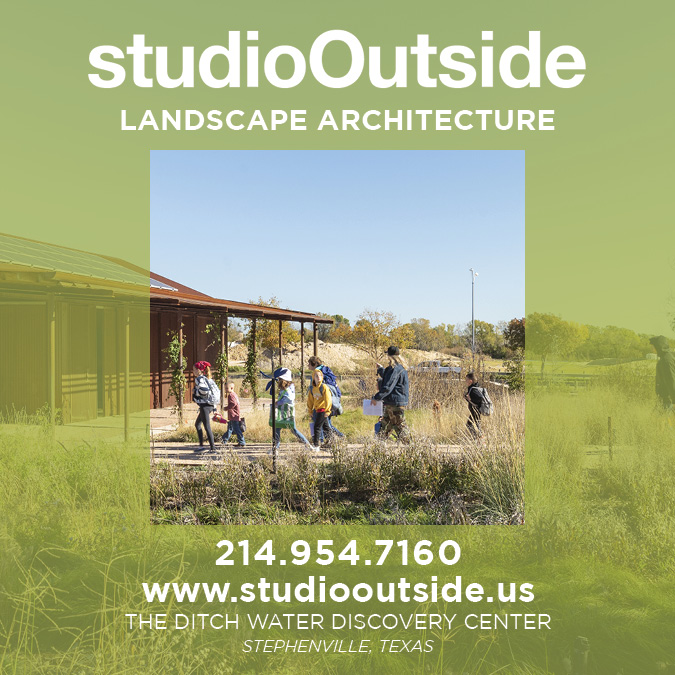by Sahana Ashwathanarayana, Project Leader at Studio Outside
In August, Andrew Duggan, Principal at Studio Outside Landscape Architecture, moderated a panel at the ANCA Annual Summit. Titled “Lessons Learned from Allied Institutions – Botanical Gardens, Federal Agencies, and Camps,” the discussion convened leaders who shape how people experience the outdoors: Lee Clippard, Executive Director of the Lady Bird Johnson Wildflower Center; Travis Mason, Forest Recreation Program Manager with the USDA Forest Service; Stephen B. MacAller, District Vice President at YMCA Los Angeles; and Brian Halsell, Principal at Studio Outside Landscape Architecture.
The conversation traced the evolving role of allied institutions - botanical gardens, forests, and camps - in defining public access to nature. These organizations, united in catering to outdoor experiences are varied in their mission – they engage the public in different ways. As landscape architects, we intersect deeply with these organizations, creating spaces that translate that mission into experience. This article delves deeper into the insights shared during the panel, exploring the unique challenges and opportunities faced by these diverse institutions and what we can learn from each other in shaping our outdoor spaces.
Nature Is an Accessible Resource
The panel framed its discussion around a single core principle: nature must be an accessible resource.
To make nature accessible is to acknowledge that every visitor carries a different comfort level, curiosity, and capacity for connection. Our responsibility as designers, educators, and stewards is to craft spaces that invite both the casual and the committed, the curious and the cautious.
At the Lady Bird Johnson Wildflower Center, accessibility is intentional and layered. A family might arrive for a simple walk or a photo among Texas bluebonnets, but leave with a deeper understanding of native ecosystems, fire ecology, or the fragility of karst landscapes. Studio Outside recently partnered with architectural firm Lake Flato and the center to develop a comprehensive plan that would expand gardens, build educational spaces and research labs, and enhance accessible-for-all trails, creating a physical framework that supports inclusive learning.
Accessibility also extends beyond the physical. The USDA Forest Service implements a Language Access Plan across its informational material. Embedding QR codes, visual wayfinding, and multilingual materials are powerful tools across outreach platforms. Clear communication and thoughtful design together ensure that learning, reflection, and participation are available to all visitors.
By centering accessibility, institutions not only welcome more visitors—they create the conditions for curiosity to flourish, engagement to deepen, and stewardship to emerge as a shared responsibility.
Engagement Is Multigenerational
Nature education has traditionally been structured by age—programs for children, teens, adults, and seniors neatly divided by developmental stage. While effective, this approach is evolving. Allied institutions increasingly create spaces and programs where families, peers, and community members of all ages learn together, recognizing that environmental understanding deepens through shared experience.
Lee Clippard elaborates on this at the Ladybird Johnson Wildflower Center, “We've found that families value time to play and explore together in natural settings more and more, and our nature play programs and outdoor exhibitions continue to grow in popularity. Our community members of all ages are very interested in supporting pollinators and specifically helping declining bird populations. These are all topics that we were thinking about as we developed our long-range master plan, and in fact, we're designing a new pollinator garden now to help inspire our guests more in that area.”
The YMCA’s multigenerational family camps also exemplify this shift. These camps are more than retreats; they are immersive environments where curiosity, connection, and learning are shared across generations. Families canoe together, collaborate on art projects inspired by the landscape, and participate in conservation projects. Each camp session becomes a space for intergenerational dialogue, where children and adults alike develop ecological literacy and a sense of shared responsibility.
At the Iain Nicolson Audubon Center at Rowe Sanctuary, public programs and summer camps offer families hands-on experiences, from birding and habitat walks to interactive workshops. By designing for all ages simultaneously, these programs foster an enduring, communal relationship with the natural world.
Storytelling Is Infrastructure
Every visitor carries a unique image of what nature is and what it means to belong within it. Allied institutions navigate this multiplicity: their work is not just to enable their missions but to interpret them, to tell stories that make ecosystems legible, approachable, and loved.
At the Iain Nicolson Audubon Center, the story begins with the cranes. For decades, the spring migration of Sandhill Cranes along the Platte River has drawn thousands of visitors. The center’s narrative that once centered on this singular event has now expanded beyond the river to the surrounding prairie and to the people engaging year-round.
Studio Outside’s redesign supports this layered storytelling. Trails, viewing blinds, and outdoor classrooms create immersive opportunities for participants to engage with the land. The experience of walking the river trail becomes a progression through time: from the immediate rhythm of birds in flight to the slower, more subtle processes of soil, water, and habitat.
Programming complements design. “Crane Season” tours are paired with prairie ecology walks, youth discovery camps, and community restoration days. Year-round, bird banding workshops, art-and-nature residencies, and guided night-sky observations broaden accessibility and deepen understanding. Storytelling here is a living system of paths, programs, and people.
Stewardship Is a Measure of Success
Every institution represented on the panel is rethinking what success means. Visitor counts and revenue still matter, but ecological and social metrics are gaining equal weight. Success is measured in the care and resilience of the landscapes themselves - and in the ways communities participate in that care. The USDA Forest Service models this principle on a national scale.
At the San Bernardino National Forest, programs like National Public Lands Day (2024) at the Front Country Ranger District and National Trails Day (2025) at the Pacific Crest Trail engaged volunteers in stream restoration, trail tread work, drainage repair, and graffiti removal. Each activity serves dual purposes: improving infrastructure and teaching the work behind maintaining public lands.
Operational challenges — vandalism, trail degradation, logistical constraints — underscore that stewardship is inseparable from engagement. Every repaired trail, restored stream, and cleaned facility reflects the interdependence of human care and ecological resilience. These programs demonstrate that stewardship is recursive: participation fosters understanding, understanding encourages care, and care sustains the land.
A Balancing Act
The Summit panel highlighted how mission-driven institutions balance accessibility, engagement, narrative, and stewardship to shape public experience of nature. The Lady Bird Johnson Wildflower Center, the YMCA, and the USDA Forest Service demonstrate strategies that make landscapes legible, approachable, and meaningful.
“Our practice has evolved through the years to include state parks, nature centers, botanical gardens, and youth camps. We thrive on the diversity of each and how the complimentary missions of each are still very distinct and extremely site specific. How might all of us continue to best learn from each other as stewards of nature and providers of immersive experiences to the audiences we serve?” – Andrew Duggan, Moderator.

